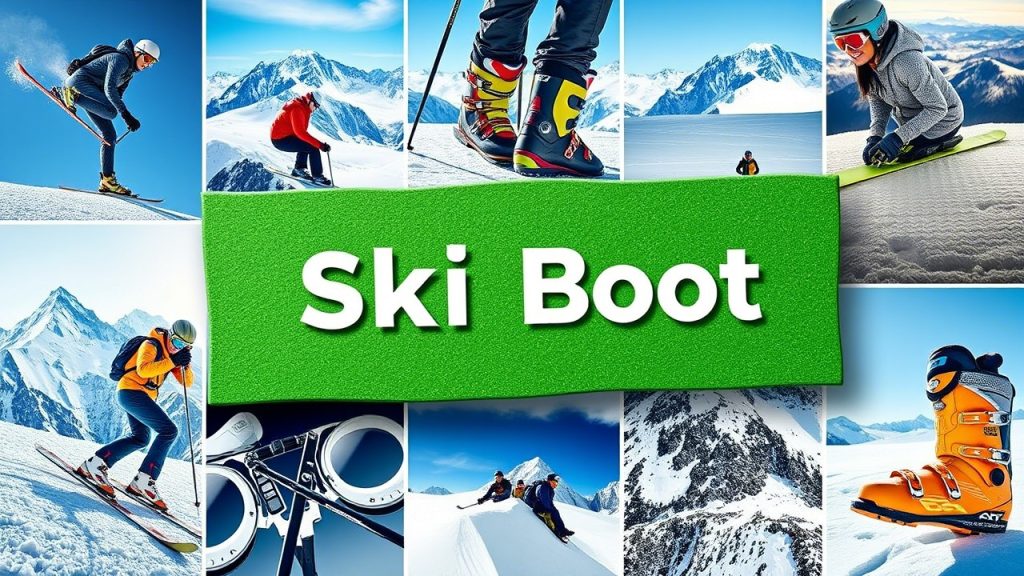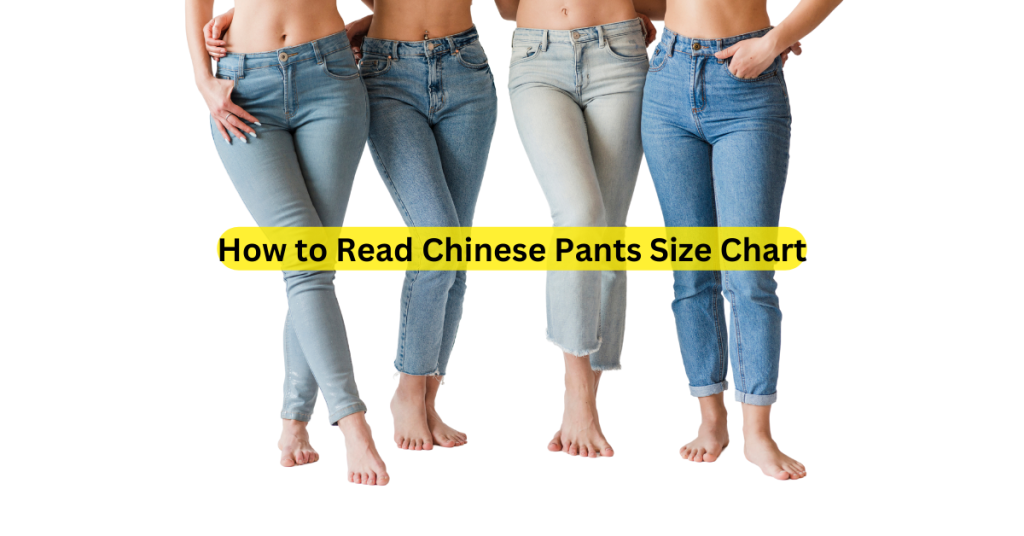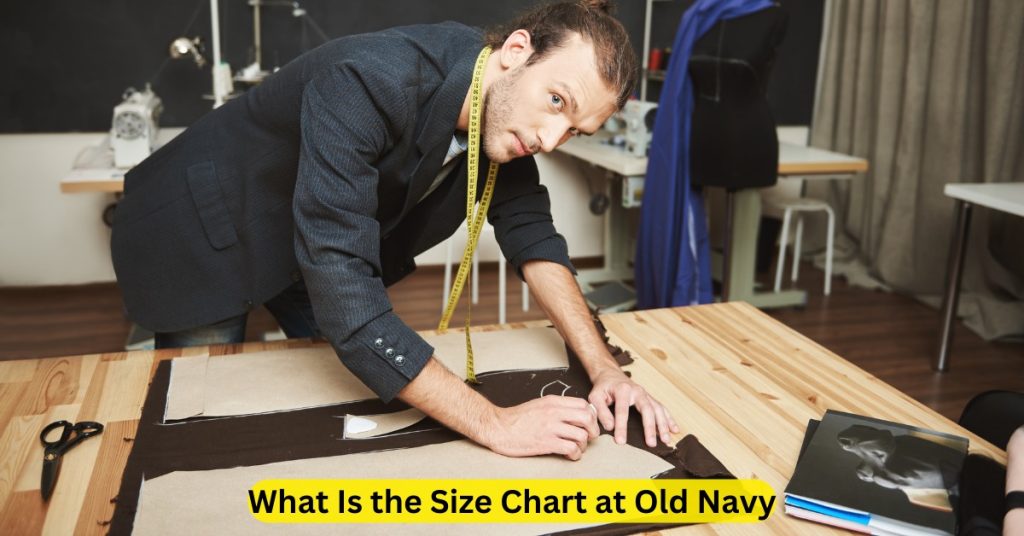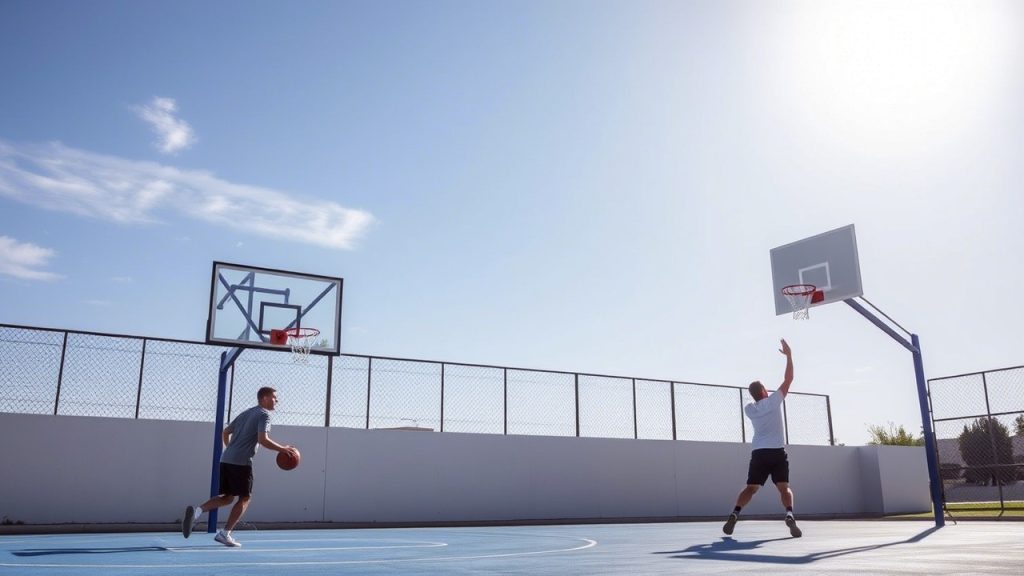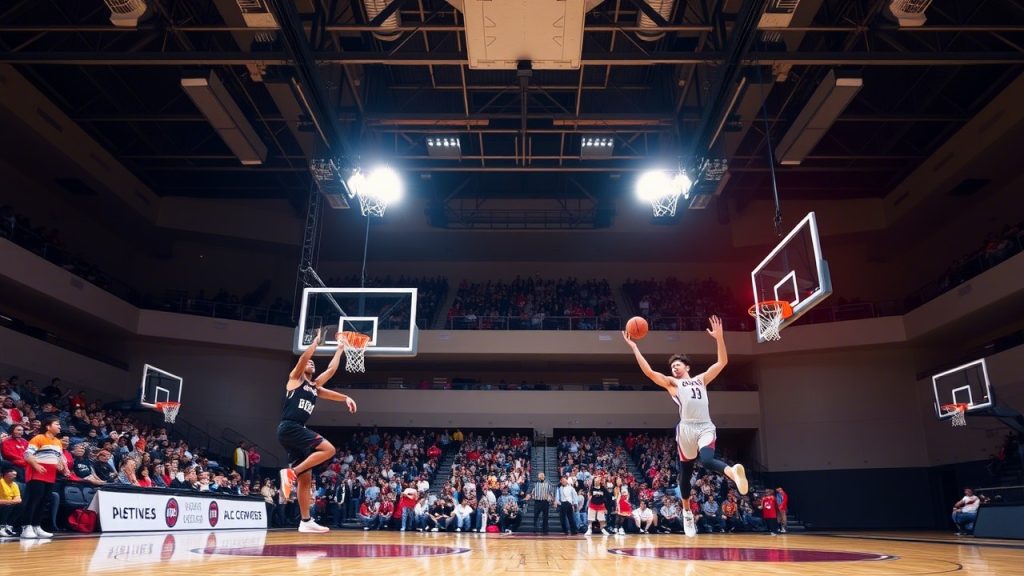When it comes to skiing, having the right equipment is crucial for your performance and comfort on the slopes. One of the most important pieces of equipment is your ski boots. The fit of your ski boots can make or break your skiing experience. A boot that’s too tight or too loose can lead to discomfort, poor control, and even injury. That’s why it’s essential to ensure that your ski boots fit correctly.
One of the most common challenges skiers face when selecting boots is understanding the right size. Unlike regular footwear, ski boots follow a unique sizing system, which can be confusing for many people. Fortunately, by understanding the ski boot size chart and knowing how to use it, you can boost your confidence and ensure a perfect fit.
We’ll cover the 11 best ski boot size chart ideas to help you understand the sizing process better and find the perfect boots for your feet. From understanding different measurements to addressing frequently asked questions, we’ve got you covered!
1. Understand the Ski Boot Sizing System
The first step in finding the right ski boot is to understand how ski boot sizes are measured. Ski boots are typically sized using the Mondopoint system, which is based on the length of your foot in centimeters. This measurement is often referred to as your “ski boot size” and is different from the traditional shoe size you might be familiar with.
Mondopoint Size = Foot Length (in centimeters) For example, if your foot measures 26.5 cm, your ski boot size would be 26.5. The Mondopoint system is used worldwide, but it can sometimes cause confusion if you’re used to using European or US shoe sizes.
2. Take Accurate Foot Measurements
Before choosing a ski boot size, it’s important to measure your feet correctly. Here’s a step-by-step guide on how to do it:
- Step 1: Place a piece of paper on the floor against a wall. Make sure the paper is flat and the wall is straight.
- Step 2: Stand on the paper with your heel against the wall. Make sure your weight is evenly distributed on both feet.
- Step 3: Trace around the outline of your foot with a pencil, keeping the pencil perpendicular to the paper.
- Step 4: Use a ruler to measure the distance from the tip of your longest toe to the back of your heel. This is your foot length in centimeters, which will correspond to your Mondopoint size.
It’s also helpful to measure both feet, as they might not be the exact same size. Always go with the size that fits your larger foot.
3. Understanding Ski Boot Width (Last)
In addition to length, ski boots also come in different widths. Ski boot width is referred to as the last and refers to the internal width of the boot. The last is measured across the forefoot, and the width determines how snug or roomy the boot will feel.
- Narrow: 98-100 mm
- Medium: 100-102 mm
- Wide: 102-104 mm
- Extra Wide: 104 mm and above
If you have narrow feet, you should opt for a ski boot with a narrower last. Conversely, if you have wider feet, a boot with a wider last will provide more comfort. Keep in mind that the width can vary depending on the brand, so it’s important to try boots on to ensure they are a good fit.
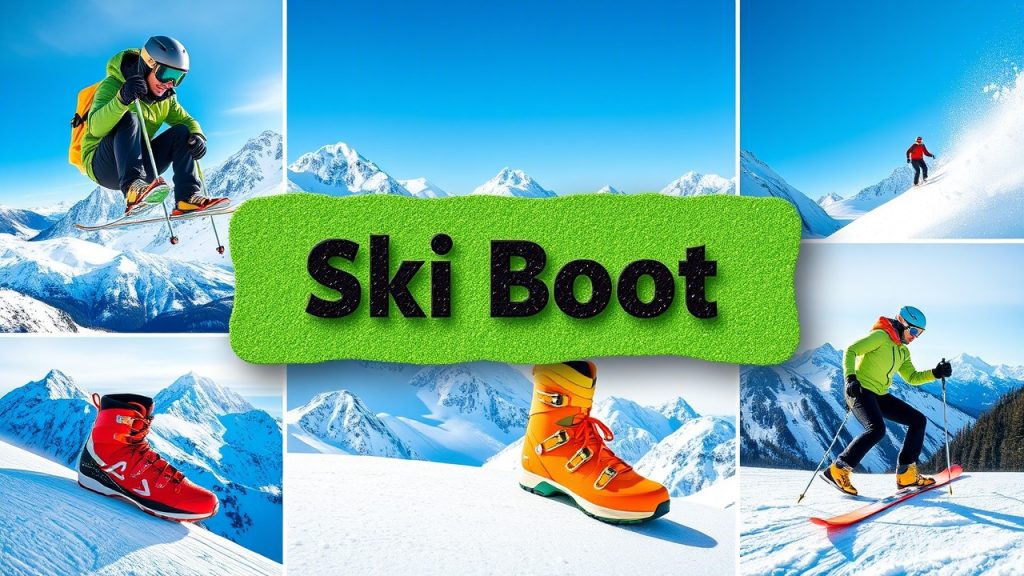
4. Consider Flex Rating
The flex rating of a ski boot determines how stiff or soft the boot is. Flex ratings typically range from 50 (soft) to 130 (stiff), with most recreational skiers using boots in the 70 to 110 range. A higher flex rating means more stiffness and responsiveness, ideal for advanced skiers. A lower flex rating provides more comfort and flexibility, making it a great option for beginners or those who prioritize comfort over performance.
When choosing a flex rating, consider your skiing style, skill level, and preferences. If you’re just starting, you’ll likely want a lower flex rating for more comfort and control. Advanced skiers may prefer a stiffer boot for precision and power transfer.
5. Use a Ski Boot Size Chart
A ski boot size chart is a valuable tool for comparing your foot length to the appropriate ski boot size. It’s important to remember that different brands may have slightly different size charts, so always refer to the manufacturer’s specific chart.
Here’s a sample size chart to give you an idea:
| Foot Length (cm) | Mondopoint Size |
|---|---|
| 22.0 | 22.0 |
| 22.5 | 22.5 |
| 23.0 | 23.0 |
| 23.5 | 23.5 |
| 24.0 | 24.0 |
| 24.5 | 24.5 |
| 25.0 | 25.0 |
| 25.5 | 25.5 |
| 26.0 | 26.0 |
| 26.5 | 26.5 |
Note: The chart is just an example. Make sure to check with the manufacturer’s chart to confirm your exact size.
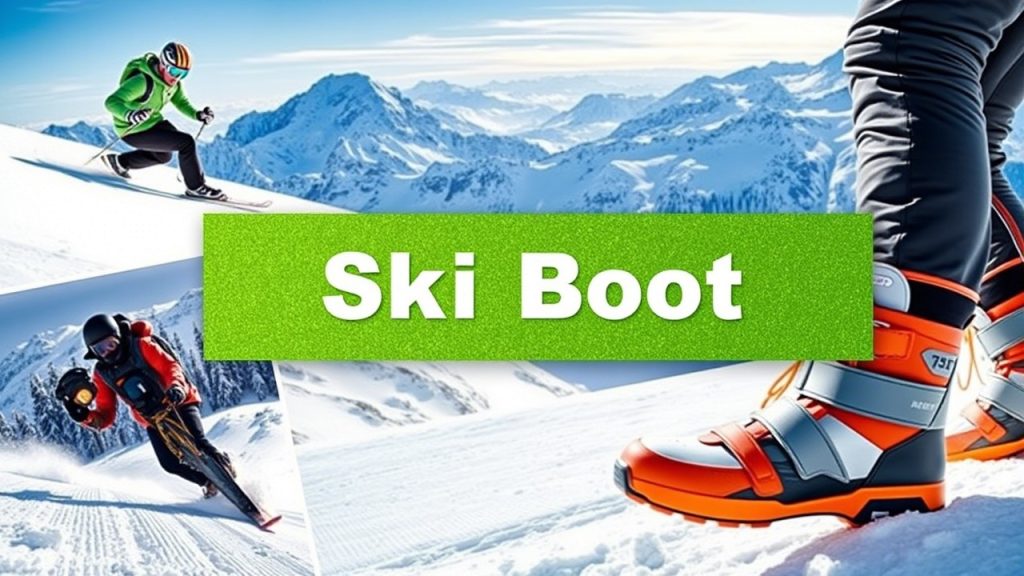
6. Try on Ski Boots (In Store or At Home)
After determining your Mondopoint size, the next step is to try on the boots. While sizing charts are helpful, the fit can still vary depending on the brand and model.
In-store Try-On Tips:
- Wear thin socks when trying on ski boots to get an accurate fit.
- Try on both boots, even if only one foot is slightly larger than the other.
- Tighten the boots as you would when skiing. Stand up and flex forward to check how the boots feel.
- Walk around in the boots and check for any pressure points.
If you’re shopping online, make sure the store has a good return or exchange policy in case the boots don’t fit as expected.
7. Consider Custom Boot Fitting
For skiers who have very specific foot shapes or experience discomfort with off-the-shelf boots, custom boot fitting is an excellent option. Many ski shops offer boot-fitting services where they can mold or modify the boots to match your feet perfectly. This can include custom footbeds, heat molding, or even adjusting the shell to alleviate any pressure points.
Custom boot fitting can be a great investment if you plan to ski frequently or if you struggle to find boots that fit well.
8. Choose the Right Ski Boot Type
Ski boots come in different types, each designed for specific skiing styles. The main types of ski boots are:
- Alpine Ski Boots: These are the most common type, designed for downhill skiing. They provide support, control, and comfort for all types of skiers.
- Touring Ski Boots: Designed for backcountry skiing, touring boots have a more flexible cuff for walking uphill and a stiffer design for downhill skiing.
- Freestyle Ski Boots: These boots are designed for freestyle skiers and snowboarders who want more flexibility for tricks and jumps.
Choose the type of boot that best fits your skiing style for optimal performance and comfort.
9. Pay Attention to Ski Boot Liner Material
The liner of a ski boot plays a huge role in comfort and warmth. Most ski boots come with either foam liners or custom-moldable liners.
- Foam Liners: These are standard, non-moldable liners that provide decent comfort but can take time to break in.
- Custom-Moldable Liners: These liners can be heated and molded to your feet for a more personalized fit. They can significantly improve comfort and reduce the likelihood of blisters or pressure points.
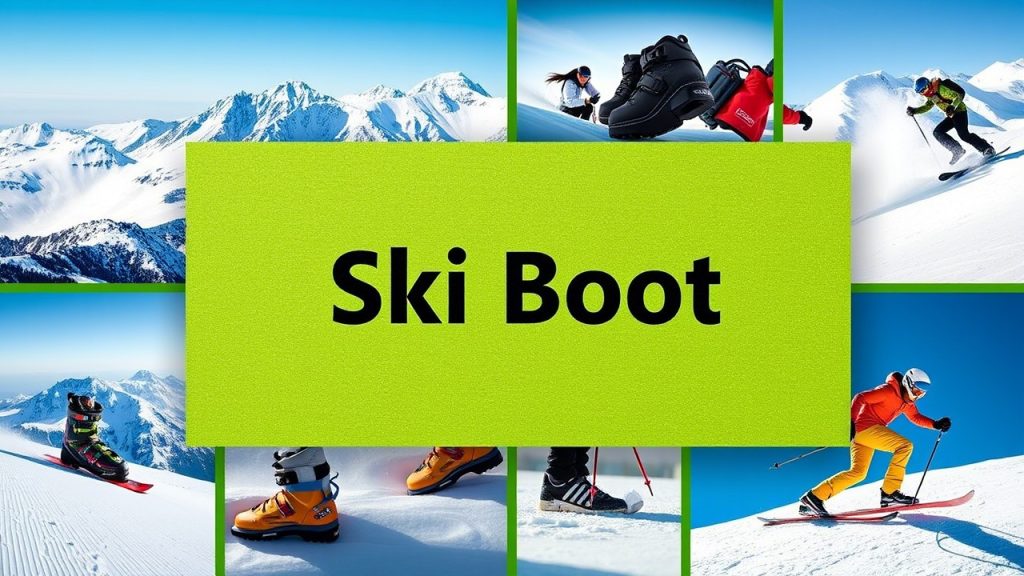
10. Don’t Forget About Boot Buckles and Closures
The buckles and closures on ski boots are responsible for ensuring a snug fit around your foot and ankle. When trying on boots, make sure that the buckles are easily adjustable and that they provide an even pressure distribution. The most common buckle systems are:
- Traditional buckles: Simple and adjustable for different foot shapes.
- Power straps: Additional straps at the top of the boot to enhance closure and provide more support.
- Boa system: A dial system that tightens the boot with precision for a more uniform fit.
11. Break in Your Ski Boots Before Hitting the Slopes
Once you’ve purchased your ski boots, it’s important to break them in gradually. Spend some time wearing them around the house or doing low-impact activities to allow the boots to mold to your feet. You can also heat-mold your boots for a faster break-in process, especially if they have custom-moldable liners.
Frequently Asked Questions
- How do I know if my ski boots are the right size? Your ski boots should feel snug but not painfully tight. You should be able to wiggle your toes slightly but not move your foot inside the boot. If the boots feel too tight or too loose, they may not be the right size.
- What if one of my feet is bigger than the other? It’s common for one foot to be larger than the other. Always size your boots according to your larger foot to ensure comfort.
- What is the difference between ski boot flex ratings? A lower flex rating (50-90) is more forgiving and ideal for beginners. Higher flex ratings (100-130) are stiffer and offer more control, suited for advanced skiers.
- How tight should ski boots feel? Ski boots should feel snug around your foot, with no gaps or extra space. You want them to hold your foot securely in place but not cause pain.
- Can ski boots be too tight? Yes, if your ski boots are too tight, they can cause discomfort, foot numbness, or pain. Always ensure that your boots are snug but not excessively tight.
- Are custom ski boots worth it? If you experience consistent discomfort or have unique foot shapes, custom ski boots can offer better comfort and performance. They’re an investment, but they can enhance your skiing experience.
- What is the best way to measure ski boot size at home? Use a ruler or tape measure to measure your foot in centimeters and match it to the Mondopoint size chart to find your ski boot size.
- Can I use regular socks with ski boots? It’s best to use ski-specific socks that are thin and moisture-wicking to prevent discomfort and blisters.
- How do I break in new ski boots? Wear your boots around the house, hike in them, or have them heat-molded at a ski shop to gradually break them in.
Conclusion
Choosing the right ski boots is a crucial part of ensuring both comfort and performance on the slopes. With the variety of boot sizes, widths, flex ratings, and types available, it’s easy to feel overwhelmed. However, by following the tips outlined in this guide and using the proper ski boot size charts, you can boost your confidence and find the perfect fit.
Remember that ski boots should feel snug but not painful, and the right fit will help you ski with better control and less discomfort. Taking the time to measure your feet accurately, consider the boot width, and select the appropriate flex rating will go a long way in enhancing your overall skiing experience.
If you find it challenging to get the right fit, don’t hesitate to seek professional boot fitting services. Custom fittings can provide an unparalleled level of comfort and performance, making them a worthwhile investment for those serious about skiing.
In the end, a well-fitted pair of ski boots can make all the difference in your skiing journey, allowing you to enjoy the slopes with greater ease, confidence, and enjoyment. So, take your time, do your research, and most importantly, don’t settle for anything less than the perfect fit. Happy skiing!

